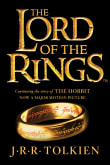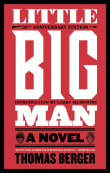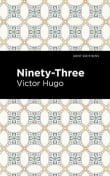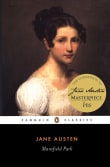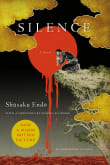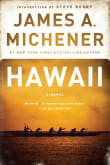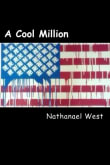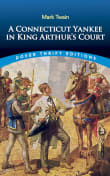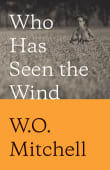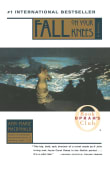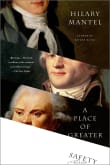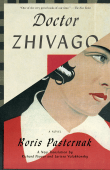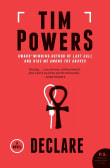A Tale of Two Cities
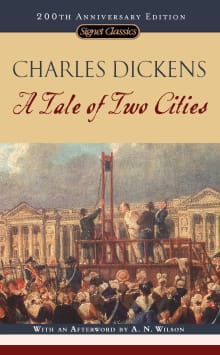
Book description
Sydney Carton is a lawyer who has wasted his abilities and his life. Now he has to make a difficult choice about what is really important to him, which could be a matter of life or death. The French Revolution is running its violent course; lives are ruined as a…
Why read it?
9 authors picked A Tale of Two Cities as one of their favorite books. Why do they recommend it?

Dickens was a great intuitive psychologist, and The Tale of Two Cities shows some brilliant insights into human behavior during and after revolutions. The wonderful dreams of French society being built on justice and fairness came crashing down after the revolution. This is because people driven by opportunism and pathological hatred took over society. These ‘revolutionaries’ had an intense desire for vengeance and violent retribution–as well as gaining power for themselves.
This is a feature of revolutions that we see again and again after the collapse of the old regime: unprincipled opportunists jumping to power. The direction of change becomes…
From Fathali's list on why revolutions fail.

I first read this Dickens classic in middle school, and it has stayed with me ever since, yet every reread of A Tale of Two Cities hits me like that first time.
Today, we would label and limit this Victorian novel as a work of historical fiction, written as it was nearly a hundred years after the French Revolution that centralizes the plot. Instead, it is one of the most poignant, surprising, and rollicking tales of adventure ever told. Sydney Carton is the breakout character—debauched, insinuating, lovelorn, self-loathing, utterly fascinating, and ultimately heroic—he uses up more adjectives than the whole…

"Hunger stared down from the smokeless chimneys, and started up from the filthy street that had no offal, among its refuse, of anything to eat." In these few short words Charles Dickens artfully summed up the experience – and landscapes – of abject urban poverty. Set in Paris and London during the period of the first French Revolution, it is perhaps more convoluted and less effective in terms of characterization than his best novels, but it pulls no punches. Although it’s a historical novel, and a romance at that, it’s as close as we can get to feeling what…
From Carl's list on explaining the politics behind hunger.

Of all Dickens’s works, this inspired me because of its double location, and its bustling depiction of revolutionary turmoil. It was such a wonderful foundation and inspiration of the gritty underside of life which was a vital fraction of Charity’s experience. She valiantly grasped the polarities of luxury and poverty.
From Joy's list on the French Revolution.

Choosing a single Dickens novel is an excruciating task, and this choice is probably going to give me nightmares. However: one of the most brilliant aspects of Dickens is his ability to present the complexity of moral struggle. Usually his depictions of goodness rely heavily on comedy (which is splendid). Here I think Sydney Carlton and, to a lesser degree, that of Miss Pross, represent vividly self-sacrificial goodness outweighing personal defects of character. Lucie Manette, though symbolically a heroine, is not Dickens’ best (she’s a wee bit boring). Carlton’s redemption through violence, on the other hand, showcases the war between…
From Eleanor's list on good and evil without being cloying or preachy.

This is the very famous historical romance of Charles Dickens which describes the terrifying French Revolution. In the novel, Dickens verifies the historical plausibility of the Revolution. But he also condemns the inhuman persecution and execution. The book vividly describes the terrifying scene of the revolution and variety of characters who have different attitudes towards the revolution. Many readers are deeply moved by the self-sacrifice and heroism of Sydney Carton who bravely faced the scuff in order to save the happiness of the woman he loved.
From John's list on revolutionary background that stir your heart.

The setting of A Tale of Two Cities—the peacefulness in London and the Reign of Terror in Paris--shapes this story of friendship and love and mistaken identity which leads one man to give his all for the love of his life. Sydney Carton’s story is haunting and inspiring, an undying source of inspiration for me, a tale which I have referenced in my own work. The writer in me finds further inspiration from the writer Charles Dickens who self-published this remarkable story, serializing it in thirty-one weekly parts, from April to November of 1859, as the lead piece…
From Annie's list on timeless stories whose settings shape the plot.

Dickens’ classic novel of the French Revolution is, like all Dickens novels, a beautiful blending of satire and romance. I first read A Tale of Two Cities in college, and I was excited when my daughter brought it home as required reading in high school. I wanted to re-read it so she and I could discuss it, but we decided to actually read it together, aloud. It took a while, but it was such a wonderful father-daughter experience, something I won’t forget. Both my kids are amazing readers (and writers), and I’ve learned twice as much from them about books…
From Chuck's list on fiction that is more hysterical than historical.

Although A Tale of Two Cities is Dicken’s most famous and perhaps most popular work (200 million copies sold), it is probably the least typical of his stories, which are usually about London society. He wrote the book in 1859 and followed it two years later with Great Expectations. Dickens is considered the best-known novelist of England’s Victorian Period.
A Tale of Two Cities is set against the turmoil and chaos of the French Revolution (1789 – 1799). The complex story of the Revolution filters through family history and a cast of characters that includes the truly evil Madame…
From Ken's list on time travel to transport to another time and place.
Want books like A Tale of Two Cities?
Our community of 10,000+ authors has personally recommended 100 books like A Tale of Two Cities.
Browse books like A Tale of Two Cities
5 book lists we think you will like!
Interested in the French Revolution, London, and Paris?
10,000+ authors have recommended their favorite books and what they love about them. Browse their picks for the best books about the French Revolution, London, and Paris.
